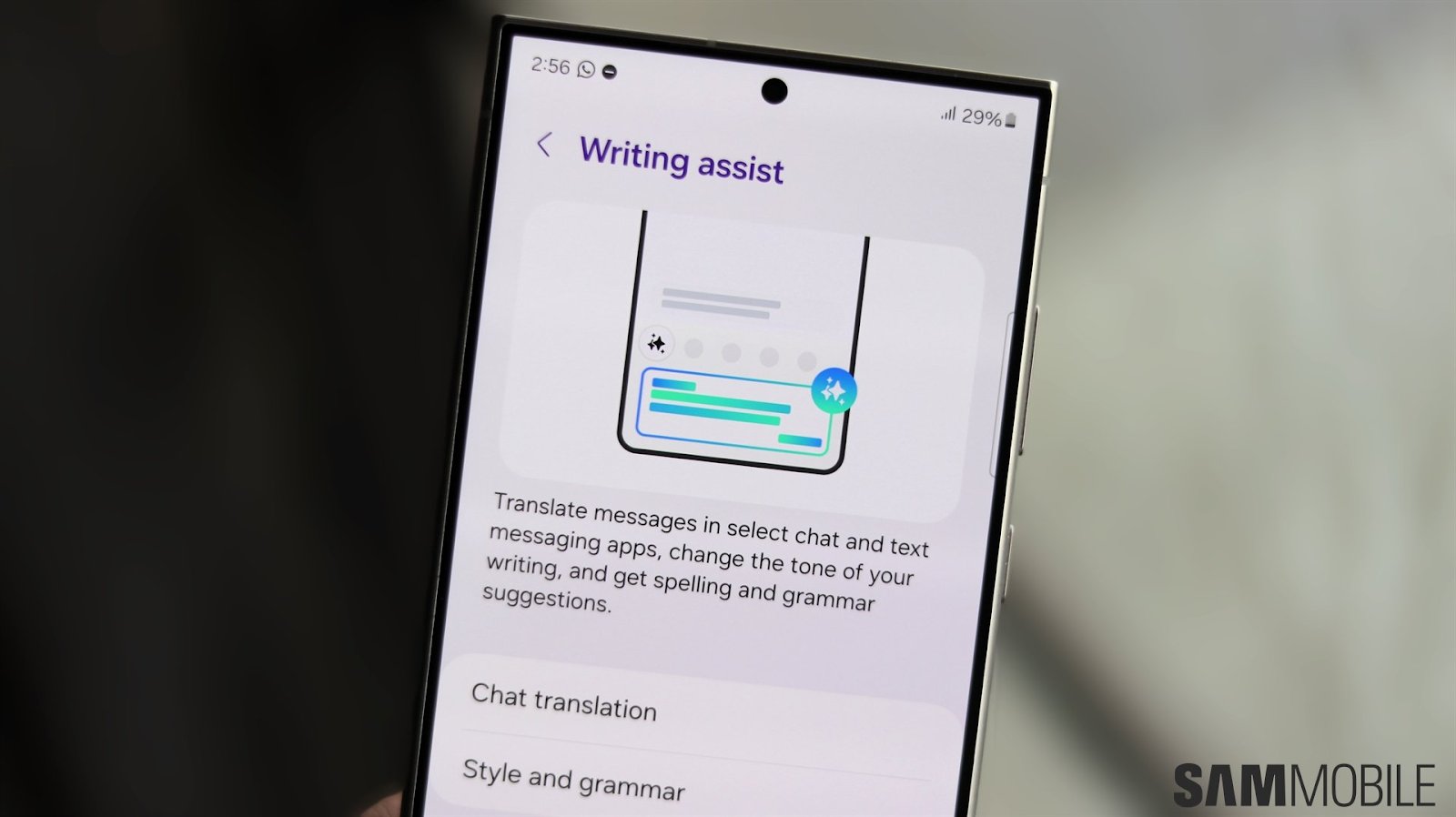Chatbots are no longer experiments. They now support customer service, retail, healthcare, and even finance. In 2025, they do more than answer questions — they guide choices, protect data, and open new markets.
Advances in AI, natural language processing, and voice recognition fuel this shift. Customers also expect fast, relevant, and personalized help around the clock. For businesses, the right chatbot features mean stronger engagement, lower costs, and growth at scale.
This article reviews 11 essential features every company should consider in 2025. Each one shows how chatbots create value today and where innovation is heading next.

Why Chatbot Features Matter in 2025
A chatbot’s features are not cosmetic. They decide whether users stay engaged or switch to competitors. According to McKinsey, AI adoption is growing across industries, and customer service remains one of the strongest use cases.
Companies with advanced chatbots reduce call center volumes, automate simple processes, and allow staff to focus on complex issues. Costs drop, but service quality rises. This combination is rare in other areas of digital transformation.
Expanding Market Reach
Multilingual support and omnichannel availability mean businesses can operate without borders. A bank in Germany can serve customers in Spanish, English, or Mandarin without extra staff. A healthcare provider can extend support into rural areas where access to doctors is limited.
Changing Expectations
By 2025, customers expect context-rich conversations. Chatbots that stick to rigid scripts feel outdated. People want bots that understand intent, sense emotion, and adjust tone. The demand goes beyond quick answers — it is about trust, relevance, and empathy.
Industry Examples
- Healthcare: Chatbots handle prescription reminders and initial symptom checks, cutting waiting times in clinics.
- Retail: Bots support shoppers across apps, websites, and social media without forcing them to restart conversations.
- Banking: Automated fraud detection relies on natural language cues and sentiment analysis.
Future Outlook
Emerging chatbot designs go further. We see prototypes with emotion recognition, multimodal input (voice, text, images), and predictive analytics. Tools such as Graphlogic Virtual Avatars already show how bots may soon interact visually as well as verbally.

1. Natural Language Processing (NLP)
NLP is the foundation of chatbot intelligence. It enables bots to parse human language, recognize intent, and generate natural replies. Without it, bots are limited to rigid commands.
NLP supports several essential functions:
- Intent recognition — understanding what the user wants.
- Entity extraction — identifying key details such as names or dates.
- Sentiment detection — adjusting tone based on emotional signals.
For example, a customer typing “lost my card” needs a replacement, not just balance information. An NLP-powered bot can make that distinction.
Modern NLP adapts to informal speech. It handles typos, slang, and mixed-language input. In healthcare, NLP identifies medical shorthand like “BP” for blood pressure. In finance, it flags suspicious phrases linked to fraud.
Advances in transformer models improve context retention and lower error rates. Conversations feel more natural, reducing the sense of “talking to a machine.”
Accessibility is another gain. Voice-to-text pipelines let users speak instead of type, which supports people with disabilities or those multitasking.
For developers, platforms such as the Graphlogic Generative AI & Conversational Platform integrate NLP out of the box. This reduces setup time and ensures accuracy across industries.
By 2025, leading chatbots will combine NLP with personalization, analytics, and sentiment analysis to deliver context-rich conversations.
2. Multilingual Support
Global markets demand multilingual bots. Research by Statista shows that more than 75 % of internet users prefer content in their own language.
Multilingual features improve accessibility. They also build trust by letting users express themselves comfortably. For example:
- A tourism company can serve travelers worldwide without hiring multilingual agents.
- An e-commerce platform can expand into Asia or Latin America with minimal friction.
- A hospital group can provide patient information in multiple languages for diverse communities.
The next step in 2025 is dynamic switching. Advanced bots will recognize language shifts mid-conversation and adapt. Regional variations will also be supported, such as European vs. Latin American Spanish.

3. Personalization and Context Awareness
Personalization is now a baseline expectation. Chatbots must recall past interactions, purchase history, and preferences. Context awareness prevents repetition and builds smoother conversations.
Machine learning enables this personalization. A retail chatbot may recommend items based on browsing patterns. A healthcare bot may remind patients about prescriptions and adapt advice to their medical history.
This approach saves time and creates trust. Customers feel understood, not treated as ticket numbers. Businesses benefit from higher loyalty and conversion rates.
By 2025, personalization will merge with predictive analytics. Bots will anticipate needs before they are expressed.
4. Integration with Third-Party Tools
Chatbots gain real value when connected to existing systems. Integrations with CRM, payment platforms, or scheduling tools streamline workflows.
Examples:
- A sales chatbot integrated with Salesforce updates records automatically.
- A banking chatbot connected to payment gateways handles transactions securely.
- A hospital chatbot tied to electronic health records ensures compliance with NLM standards.
In 2025, seamless API integration is a minimum requirement. Without it, chatbots risk becoming isolated systems rather than business accelerators.
5. Omnichannel Support
Customers move between apps, websites, and social platforms. Omnichannel support ensures consistency across all of them.
A user starting a conversation on Instagram should not need to repeat everything when moving to a company website. Continuity reduces frustration and builds stronger engagement.
By 2025, omnichannel bots will cover not only mainstream platforms but also niche channels such as gaming environments and smart devices.

6. Real-Time Analytics and Reporting
Analytics transform chatbots from service tools into strategy drivers. Real-time dashboards show metrics such as resolution times, satisfaction scores, and dropout rates.
Predictive analytics can spot rising complaint patterns before they escalate. Actionable insights guide improvements in both chatbot design and broader customer service.
For businesses, clear dashboards are critical. Managers need insights that are easy to interpret without technical training. In 2025, flexible reporting will be a deciding factor in vendor selection.
7. Voice Recognition and Voice Commands
Voice-enabled chatbots are expanding in healthcare, retail, and education. They allow hands-free interaction and open access to new user groups.
Examples:
- Patients use voice to schedule appointments while driving.
- Retail shoppers ask product questions verbally via smart speakers.
- Students interact with voice bots for homework help.
This feature ties closely to APIs like the Graphlogic Speech-to-Text API. It converts spoken words into structured input that chatbots process instantly.
By 2025, voice-first design will become as important as mobile-first design was a decade ago.

8. Proactive Engagement
Proactive bots do not wait for questions. They start conversations, offer reminders, and guide users.
Examples:
- E-commerce bots send reminders for abandoned carts.
- Travel bots alert passengers about delays and suggest alternatives.
- Healthcare bots send medication reminders to patients.
Proactive engagement boosts conversion rates and ensures users feel supported.
9. Sentiment Analysis
Sentiment analysis lets chatbots detect emotional tone. Bots can adjust replies or escalate issues to human staff when needed.
For example, a banking bot sensing frustration can offer to transfer a call immediately. A healthcare bot recognizing sadness can provide supportive resources.
This feature adds empathy, which is key for long-term adoption. Customers no longer accept cold, scripted responses.
10. Scalability and Customization
Businesses grow, and chatbots must grow with them. Scalability ensures rising traffic can be handled without crashes. Customization tailors chatbots to specific industries.
Banks may need advanced authentication features, while hospitals require HIPAA compliance. A flexible architecture delivers both without rebuilding from scratch.
By 2025, scalable platforms will be a requirement, not a luxury.
11. Security and Data Privacy
Security remains central. Customers trust chatbots only if their data is safe.
This requires encryption, transparent data policies, and compliance with GDPR, CCPA, or HIPAA. Vendors unable to meet these standards risk losing contracts.
As AI grows more complex, privacy will stay at the center of regulatory debate. Businesses that lead in compliance will build stronger trust.

How to Choose the Right Chatbot Features for Your Business
Feature selection is a strategic step. The wrong setup wastes resources. The right one drives engagement and efficiency.
Key steps include:
- Mapping customer journey touchpoints.
- Reviewing compliance with GDPR or HIPAA.
- Testing scalability under peak demand.
Balance is critical. Too many advanced features can overwhelm staff. Integrated solutions reduce complexity by combining NLP, analytics, and voice in one system.
Long-term flexibility is also important. Industry needs evolve. A modular chatbot can adapt without full replacement.
The best choice balances customer needs, compliance, scalability, and simplicity. Businesses aligned on these points see stronger adoption and faster returns.

The Future of Chatbot Features Beyond 2025
The next generation of chatbots will push far beyond today’s expectations.
Emotion Recognition
Bots will detect not only positive or negative tone but subtle signals like hesitation or enthusiasm. This will make interactions more empathetic and responsive.
Hyper-Personalization
Bots will move from generic replies to micro-segmentation and even individual adaptation. A travel chatbot could predict flight delays and suggest hotels before the passenger asks.
Generative AI
Generative AI will underpin these advances. Platforms like the Graphlogic Generative AI & Conversational Platform already combine large language models with retrieval systems to deliver adaptive conversations.
Visual and Multimodal Interaction
Solutions like Graphlogic Virtual Avatars hint at a future where chatbots interact with facial expressions and gestures. Education, healthcare, and retail stand to benefit most.
Blurring Human-Machine Boundaries
Beyond 2025, customers may stop thinking of “bots” altogether. Instead, they will see digital partners integrated into daily life — seamless, predictive, and reliable.
Key Takeaways About Essential Chatbot Features
- NLP, personalization, and multilingual support are now standard.
- Integrations and omnichannel presence drive adoption.
- Analytics, sentiment detection, and proactive engagement raise customer satisfaction.
Security and scalability ensure long-term success.
FAQ
Natural language processing, multilingual support, and context awareness are the most critical.
They reduce wait times, provide consistent answers, and handle queries around the clock.
Healthcare, retail, banking, and education use chatbots to improve efficiency and engagement.
Choose vendors that follow GDPR or HIPAA and use encryption for sensitive data.
Future chatbots will combine advanced AI, voice, and visual avatars for deeper interaction.

